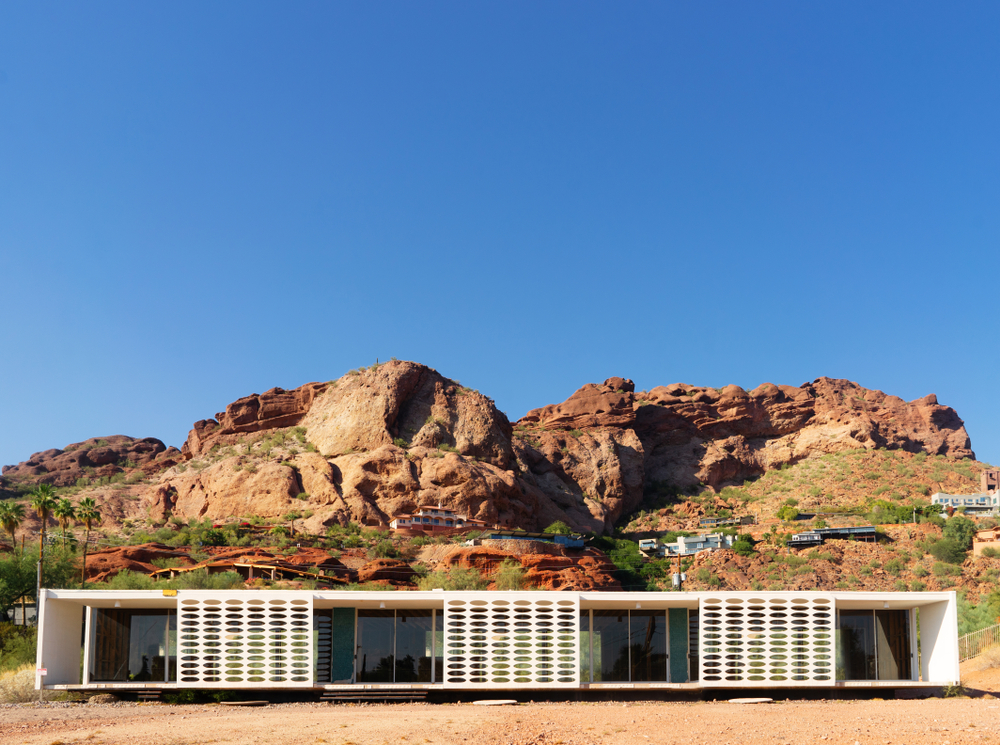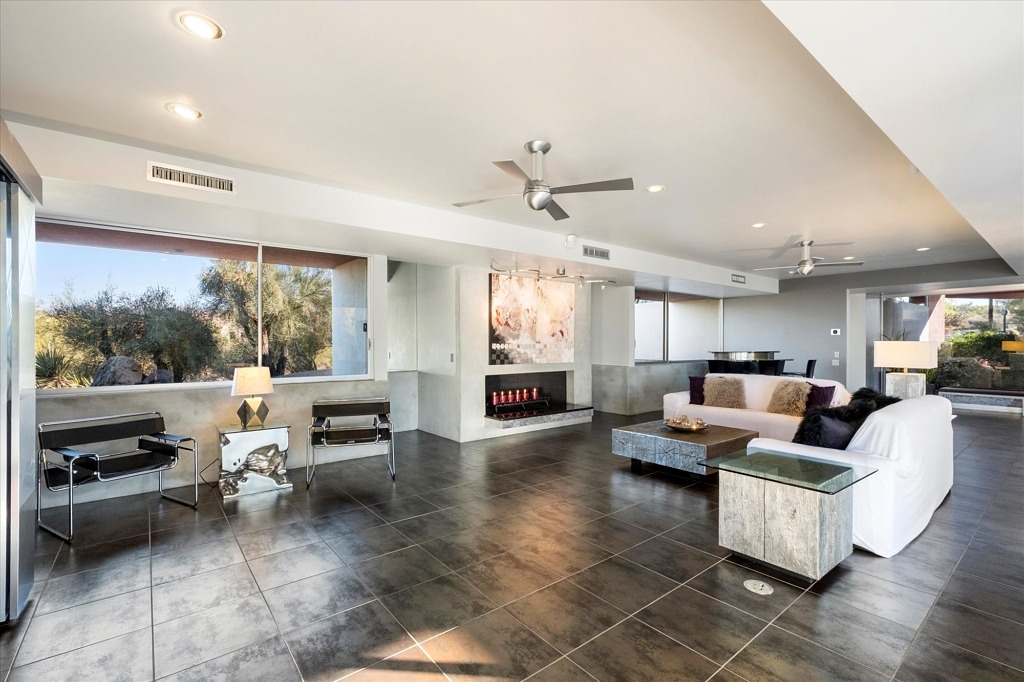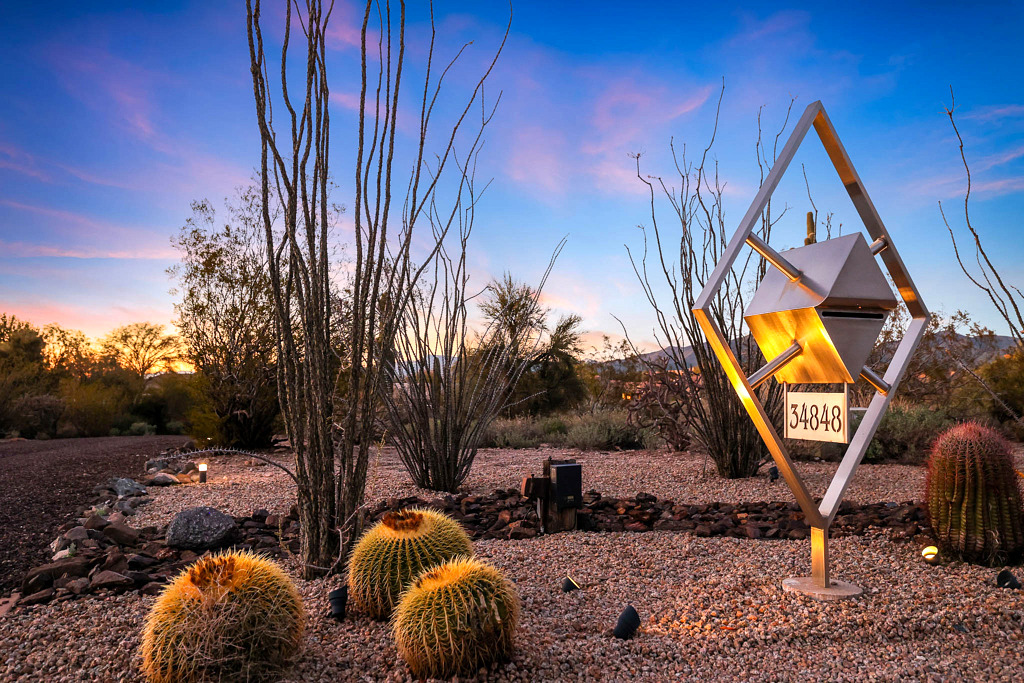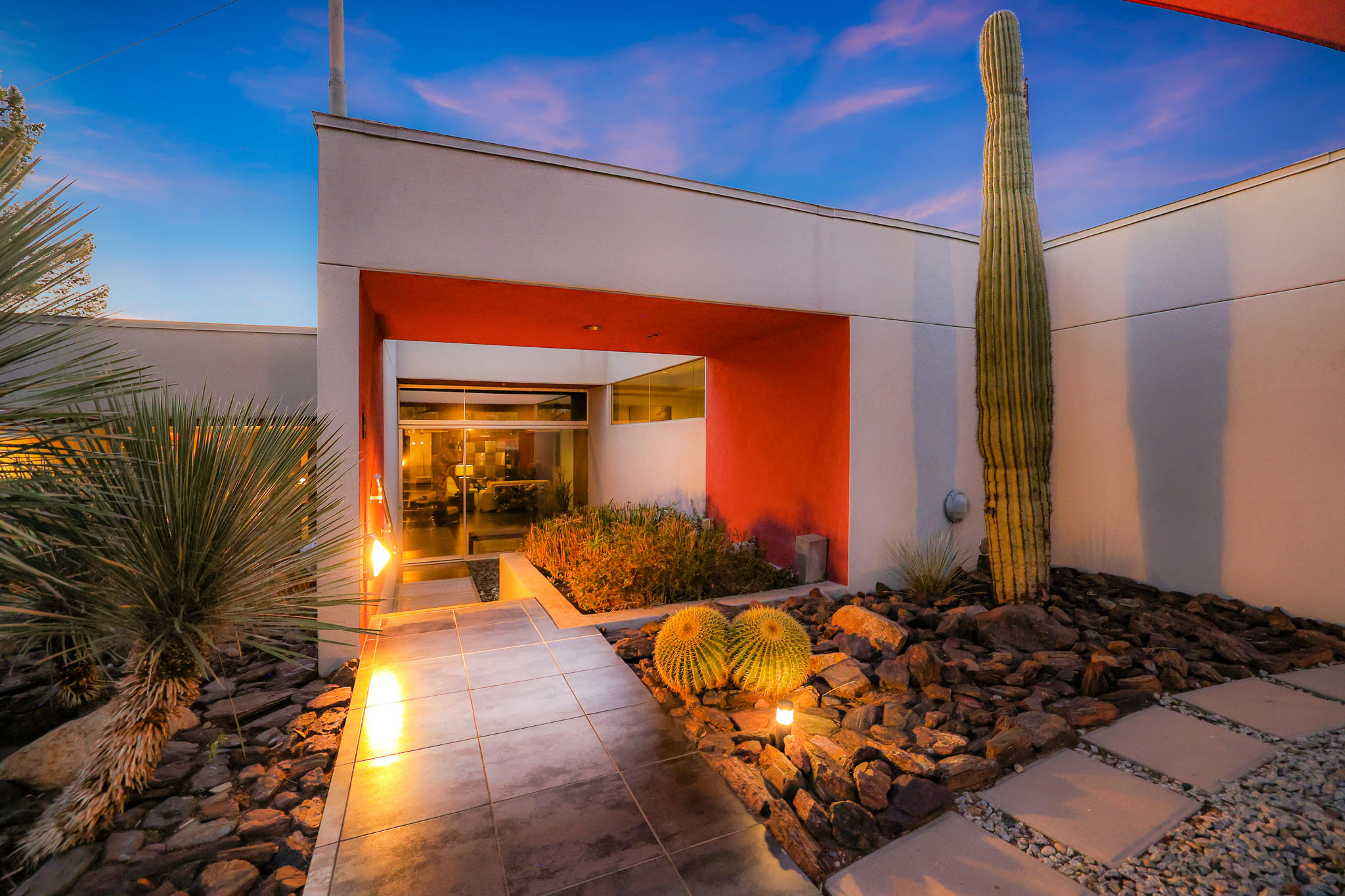Al Beadle’s name stands as a timeless monument in the landscape of mid-century modern architecture in Arizona. His minimalist designs, a perfect blend of functionality and aesthetics, have set a standard of innovation and sophistication. His architectural legacy not only redefined residential homes in Arizona but also solidified his position as one of the state’s most influential architects, inspiring generations to come.
A Visionary for the Desert Landscape
Al Beadle’s design philosophy was deeply rooted in simplicity and practicality, with a profound respect for the environment. He believed a home should be as much a part of its environment as the land itself. His Arizona projects beautifully reflected this philosophy, where he used clean lines, large glass panes, and natural materials to create spaces that harmonize with the desert’s beauty. Beadle’s ability to seamlessly blend indoor and outdoor living made his designs perfect for Arizona’s unique climate and lifestyle.
Beadle’s architectural style drew inspiration from the International and Bauhaus movements, but he infused these principles with a distinctly Southwestern sensibility. The result was a portfolio of timeless and modern homes that can be enjoyed today as much as they were when constructed decades ago.
Iconic Works in Arizona
Case Study Apartments #1 Located in Phoenix, Case Study Apartments #1 is one of Beadle’s most celebrated projects. Completed in 1964, this multi-family housing complex was part of the broader Case Study initiative, a landmark program that aimed to explore modern residential design post-World War II. Beadle’s design emphasized clean, geometric forms and an efficient use of space. The apartments feature expansive glass windows that flood interiors with natural light and connect seamlessly to the surrounding environment. Today, the complex is a testament to Beadle’s ability to marry functionality with beauty.
White Gates Nestled in Paradise Valley, White Gates is another iconic Beadle creation. This private residence exemplifies his mastery of minimalist design. The home’s low-profile structure and horizontal lines echo the flat expanse of the desert, while its strategic use of glass blurs the boundaries between indoors and outdoors. White Gates remains a sought-after property, often highlighted in discussions about mid-century modern architecture in Arizona.

34848 N Desert Ridge Dr. Located in North Scottsdale, the residence at 34848 N Desert Ridge Dr, designed in 1981, is another example of Beadle’s architectural brilliance. This mid-century modern home showcases his signature minimalist style, featuring floor-to-ceiling windows that seamlessly integrate the indoor living spaces with the surrounding desert landscape. The property’s thoughtful split-floor plan, a unique feature in Beadle’s designs, includes two master suites with private patios and en suite baths, emphasizing privacy and connection to the natural environment. Modern updates, such as a 50-amp exterior charging station and whole-house innovative features, have been incorporated while preserving Beadle’s original design ethos. This residence is a testament to Beadle’s enduring legacy of creating timeless, functional homes harmonizing with Arizona’s unique desert surroundings.


Enduring Legacy
Al Beadle’s impact on Arizona’s architectural landscape is undeniable. His designs continue to inspire architects and homeowners alike, offering a blueprint for sustainable and elegant living in the desert. Beyond their aesthetic appeal, Beadle’s homes remind us of the importance of designing spaces that respect and enhance their surroundings.
Today, Al Beadle’s works are celebrated as architectural treasures, with many of his homes preserved and cherished by their owners. The enduring popularity of Beadle’s designs is a testament to his visionary talent and ability to create spaces that transcend trends, leaving a lasting impression on the architectural landscape of Arizona.
As Arizona continues to grow and evolve, Al Beadle’s legacy remains a cornerstone of the state’s architectural identity. It reminds us that great design is not just about how a home looks but also about how it lives within its environment.






